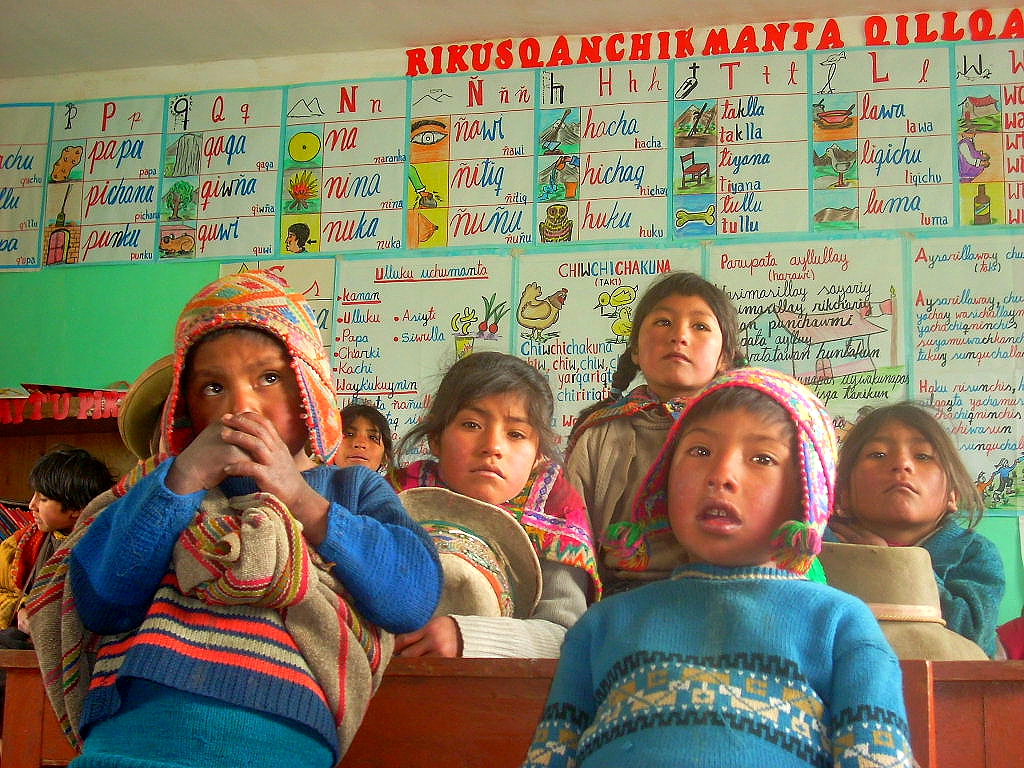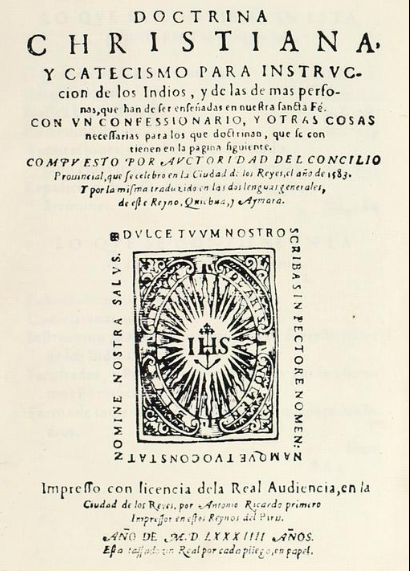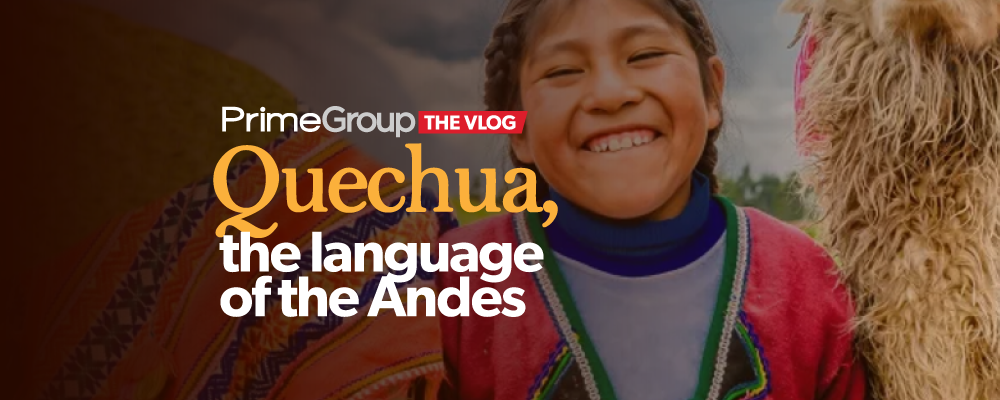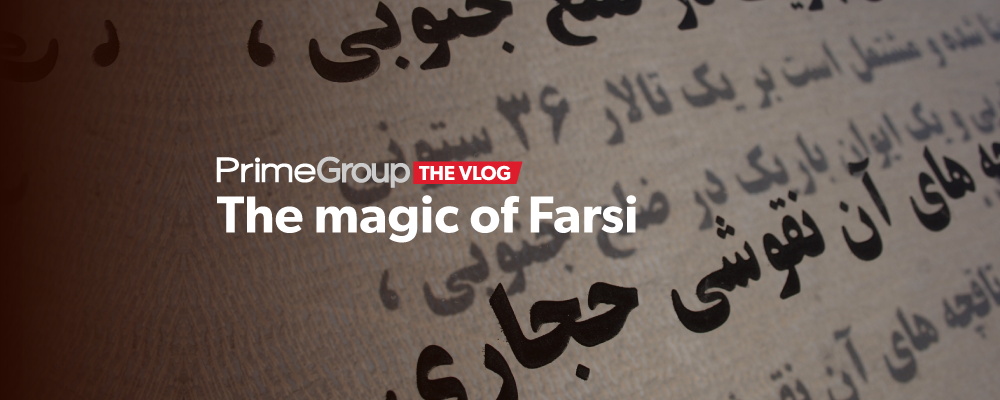We embark on a fascinating journey through the Andean mountains, a journey that will lead us to explore one of the most ancient and historically rich languages of South America: Quechua or Quichua, if you prefer.
Also known as “Runa Simi” or “the language of the people”, Quechua is a lingua franca that traverses cultures and traditions throughout the Andes Mountain range. Quechua has withstood the passage of time and is still alive, spoken by about 10 million people in Colombia, Ecuador, Peru, Bolivia, Argentina, and Chile.

A bit of history. Quechua was the main language of the Inca Empire, which was one of the largest and most powerful empires in America before the arrival of the Europeans. With the Spanish colonization, Quechua began to decline, although it should be noted that it was the Spanish missionaries who, with the purpose of evangelizing the natives, began to transcribe Quechua using the Latin alphabet. These early efforts at transcription and codification were very important for the survival of the language, as they allowed for the creation of written texts in Quechua, including grammars, dictionaries, and religious texts.
One of the oldest surviving texts in Quechua is the “Doctrina cristiana y catecismo para instrucción de los indios”, published in 1584, which includes a description of Quechua grammar and a Quechua-Spanish dictionary. Yes, Quechua grammar was codified and published 25 years before English grammar!

Quechua grammar was codified and published 25 years before English grammar.
During the administration of Viceroy Francisco de Toledo, in 1579, the creation of a “Chair of the General Language of the Indians” was ordered at the Royal and Pontifical University of the City of Kings in Lima, today the National University of San Marcos. The first professor of Quechua was Dr. Juan de Balboa.
The viceroy decreed that students could not obtain a degree without having studied Quechua, as it was important for administration and evangelization. This measure was enacted after the installation of the first printing press in Peru. For the viceroy, “the only effective way at that time to teach them doctrine was to preserve the Runa-Simi imposed by the Incas, and to meet that demand, he asked King Felipe II for the creation of Quechua chairs at the University of Lima, and authorization to print a catechism in that language.
The revolt of Tupac Amaru in the 18th century put an end to this policy of maintaining Quechua, and the authorities of the viceroyalty and later the republican governments in Ecuador or Peru promoted Spanish, which is the language that even in Andean communities has been prevailing since the 20th century over Quechua.
Now let’s talk about the peculiarities of this Andean language.
Unlike Spanish or English, Quechua is based on an agglutinative grammatical system, which means that it uses suffixes and prefixes to change the meaning of words. This can make words very long and complex.
Example… WASI which means HOUSE…
WASIY… we add a Y, it would be MY HOUSE
WASIYKUNA… so we add the suffix KUNA, and it would be MY HOUSES
WASIYKUNA PAQ, we add another suffix PAQ, and it would be FOR MY HOUSES
It also has a system of three grammatical persons (first, second, and third person), but does not distinguish between genders.
They are accented on the penultimate syllable, for example
NINA, fire – WAWA, baby – YAKU, water
By the way, there are quite a few words that English has borrowed from Quechua, through Spanish. Here are some examples:
1. Llama: This word comes from the Quechua word “llama,” referring to the domesticated South American camelid.
2. Quinoa: “Quinoa” comes from the Quechua word “kinwa.” Quinoa is a highly nutritious grain that was a staple in the Inca Empire.
3. Condor: “Condor” comes from the Quechua word “kuntur.” It’s a type of vulture and one of the largest flying birds.
4. Puma: “Puma” is taken from the Quechua word “puma,” which refers to the large cat also known as a cougar or mountain lion.
5. Guano: “Guano” comes from the Quechua word “wanu,” which means dung. The term is often used to refer to bird or bat feces used as fertilizer.
6. Jerky: This word comes from the Quechua word “ch’arki,” which means dried, salted meat.
7. Coca: “Coca” comes from the Quechua word “kuka.” The coca plant is native to South America and its leaves have been used for their stimulant effects for thousands of years.
8. Inca: The name of the historical South American empire comes from the Quechua word “Inka,” meaning ruler or lord.
It is important to note that there is great diversity within Quechua, with many different dialectal variants. Some of these variants are mutually intelligible, while others are so different that speakers of different variants may have difficulty understanding each other.
In terms of its writing, although the Incas had a system based on knotted cords called quipus, modern Quechua writing is based on the Latin alphabet with some adaptations to represent specific Quechua sounds.
The future of Quechua, like many indigenous languages, is uncertain but not necessarily gloomy. Although the number of Quechua speakers has decreased over time due to factors such as urbanization, globalization, and cultural assimilation policies, there has been a resurgence of interest in the Quechua language and culture in recent years. These efforts include bilingual education programs, the use of Quechua in the media, as well as the promotion of literature and music in Quechua. In Peru, for example, the government has implemented Quechua-Spanish bilingual education programs in some areas with a high Quechua-speaking population.
In the digital age, Quechua is also gaining presence. There are language learning applications, online dictionaries, and social networking sites available in Quechua.
In addition, at the international level, the recognition of the rights of indigenous peoples and their languages has helped to highlight the importance of preserving languages like Quechua. UNESCO, for example, has recognized Quechua as an intangible cultural heritage, which has encouraged efforts for its preservation.



